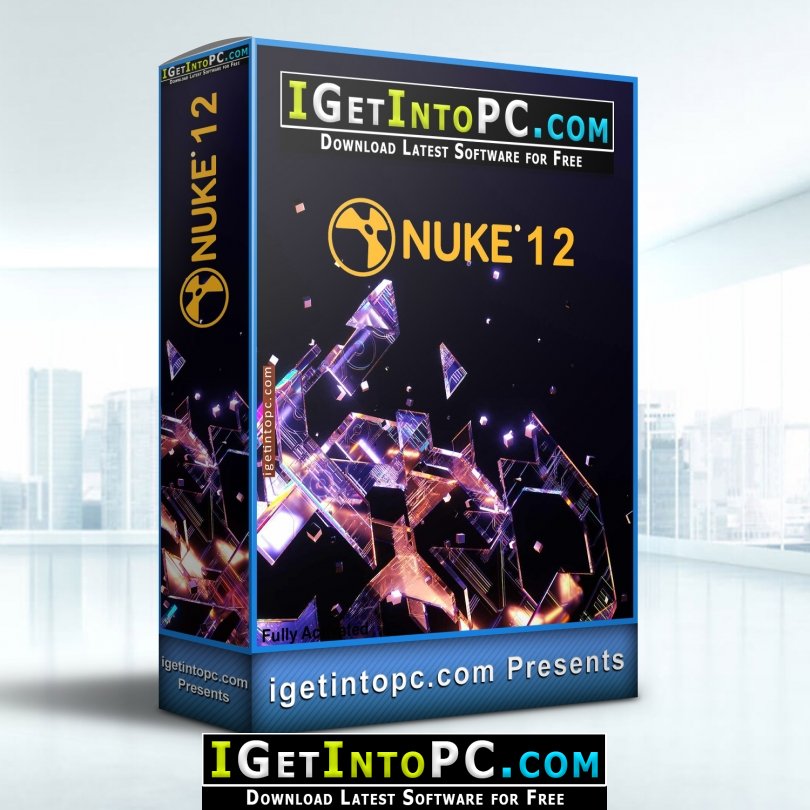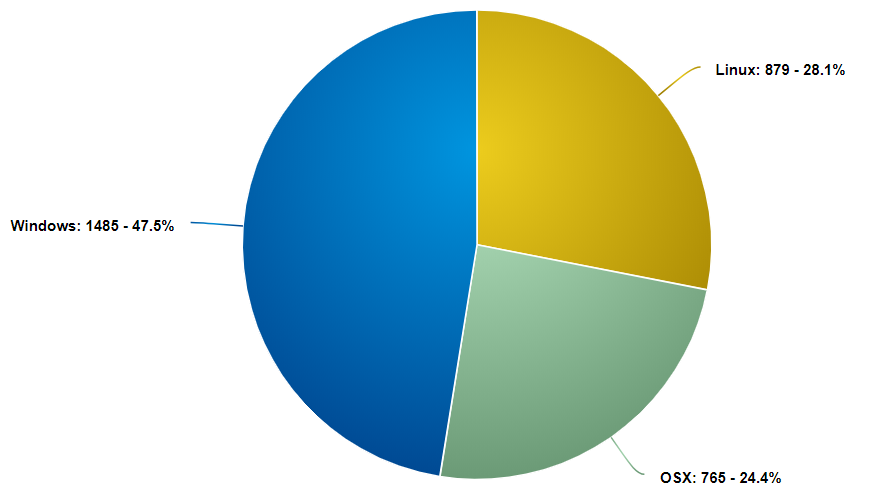

- #Windows vs mac os vs linux foundry how to#
- #Windows vs mac os vs linux foundry mac os x#
- #Windows vs mac os vs linux foundry install#
- #Windows vs mac os vs linux foundry android#
On the other hand, the fact that Windows has been the market leader for so many years is what gives it one of its biggest advantages as far as users are concerned: the range of software available for Windows is unmatchable. Windows users all know, for example, that the system crashes from time to time, and the blue screen of death has become legendary. However, Microsoft has also always been subject to a lot of criticism. And at the same time, it is the user-oriented design of Windows which has made it so successful. Indeed, one of the reasons for its popularity is that most people are familiar with using it. Windows has been around since 1985, and ever since its first release it has had a decisive influence on the functions and design of graphical operating systems. But that’s an entirely different, and even older, argument. But if you own a desktop PC or laptop, the chances are that you probably have Windows installed – unless of course you’re an Apple user.
#Windows vs mac os vs linux foundry android#
In the mobile sector, Android has gained in popularity, and given the incredible speed at which the smartphone market is developing, Windows is no longer able to keep pace.
#Windows vs mac os vs linux foundry how to#
Frequent InfoWorld contributor Neil McAllister put together a special report on how to move from Windows to Linux, concluding that the effort was not as hard as you might think.Microsoft Windows has been top dog in the world of operating systems for decades, only really suffering losses in recent years. Kennedy tried to spend a week working on nothing but the Ubuntu distribution of Linux but gave up on the fifth day.īut Kennedy’s take isn’t the last word on desktop Linux. InfoWorld Enterprise Desktop blogger Randall Kennedy argues that desktop Linux is doomed to remain a tiny niche OS, given the Linux community’s lack of interest in providing a UI that regular people could use.
#Windows vs mac os vs linux foundry install#
Because Linux distributions run on Windows-compatible hardware, it’s straightforward to use desktop virtualization software, such as Parallels Workstation, Sun’s (formerly Innotek’s) VirtualBox, and VMware’s Workstation software, to provide access to both environments.Īlthough some enterprises have committed to wide Linux deployment - such as automaker Peugeot Citroen’s plans to install 20,000 Novell Suse Linux desktops - most have left Linux to the engineering and development staff. Just as Mac users need occasional access to Windows, so do Linux users. But in a business environment, switching to a Mac or Linux PC may not be quite as easy.
#Windows vs mac os vs linux foundry mac os x#
In the past year, running Mac OS X or Linux as your default OS has been made easier by the capability to run Windows in a virtual machine, giving you access to both Windows-only applications and Web sites that rely on Microsoft’s Internet Explorer-only ActiveX technology.


Of course, the fact you can run Windows on a Mac or Linux system, thanks to Parallels Desktop and EMC VMware Fusion, lets you have your cake and eat it too.įor some users - often technically savvy people such as engineers, consultants, designers, and CTOs - it is clearly an option that already works quite well. Mac OS X and Linux simply don’t have the app base that Windows does. (Linux distributions make up the rest.)īut can either Mac OS X or Linux be more than a niche OS? After all, Windows runs practically everything, from widely used productivity apps such as spreadsheets to highly niche applications such as chemical modeling. The result: For the first time in memory, the Mac’s market share has hit 9.1 percent, according to IDC data, and Windows’ market share has dipped below 90 percent. The Mac’s been on a roll, both due to its highly regarded Mac OS X Leopard operating system and to an unhappy reception for Microsoft’s Windows Vista.


 0 kommentar(er)
0 kommentar(er)
